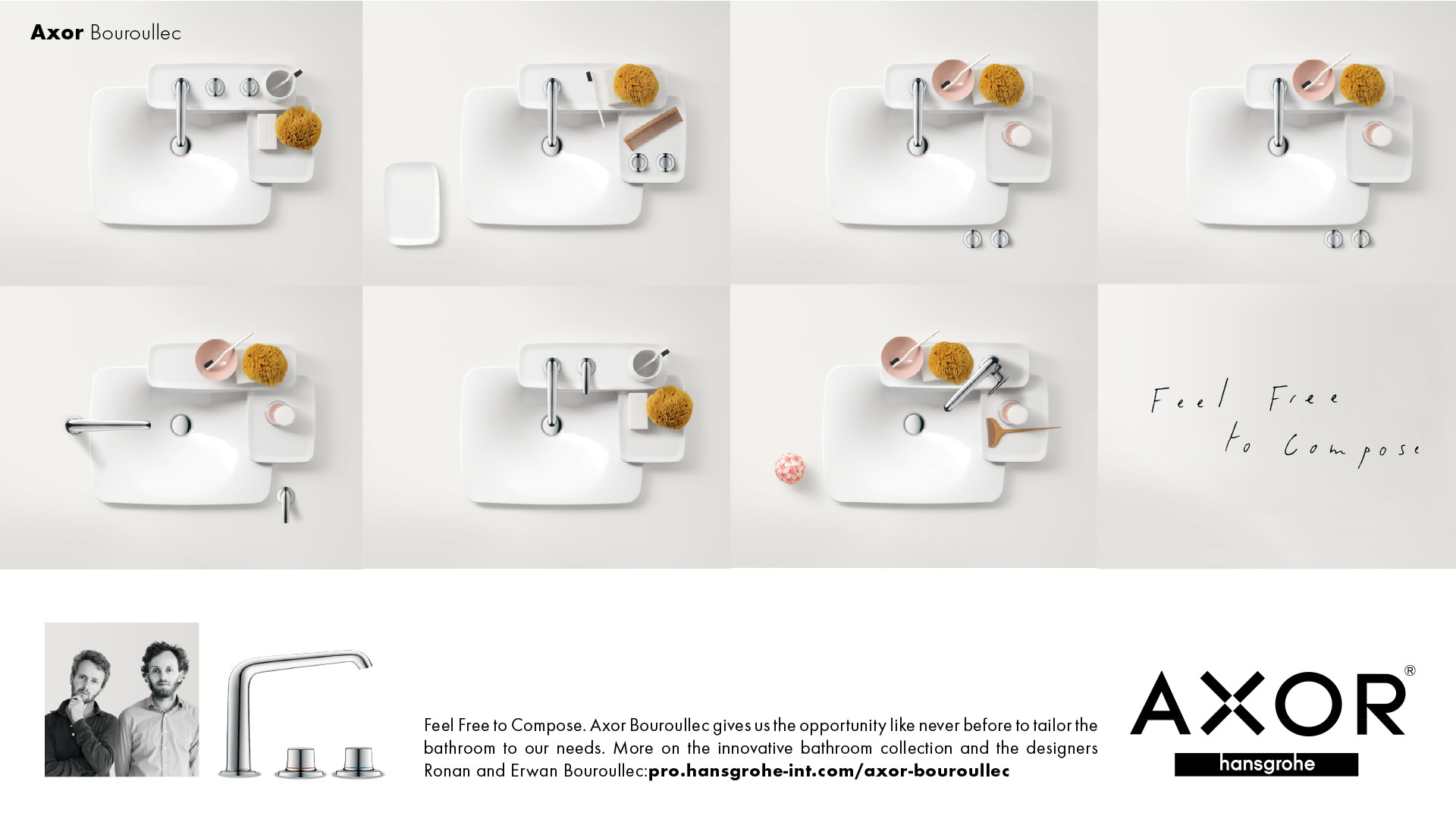-

STIMULATORS AND MODERATORS
Jury member Kristin Feireiss speaks about this year’s Golden Lion awards
Interview by Florian Heilmeyer
-
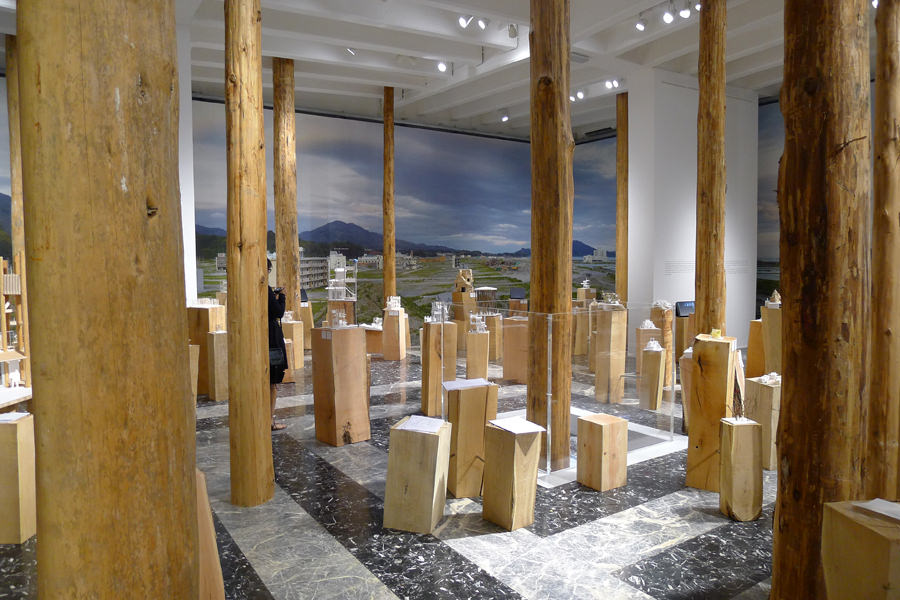
The Japanese Pavilion was honored for its storytelling qualities and human engagement. (Photo: Benedikt Hotze)
As soon as she returned to Berlin from the opening in Venice, we met with an enthusiastic and lively Kristin Feireiss to ask about the jury’s criteria for the Golden Lions – and whether their selection can be interpreted as a statement about the importance of social engagement in architecture today.
What were your jury decisions based upon? How did you weigh such varied contributions against each other?The criteria were completely up to us. During our first meeting it became clear that besides the content and theme of each project, the form of presentation should be evaluated and play an important role in the jury’s selection. Many people who visit the biennale are neither students of architecture nor experts, but normal people who rarely visit an exhibition on architecture. Therefore it was important to us to evaluate each spatial experience insofar as it is able to draw the visitor into the content – or make the topic more understandable. Of course the spatial experience must also relate closely to the topic; a spectacle without any link to its content would have had no chance for a Golden Lion.
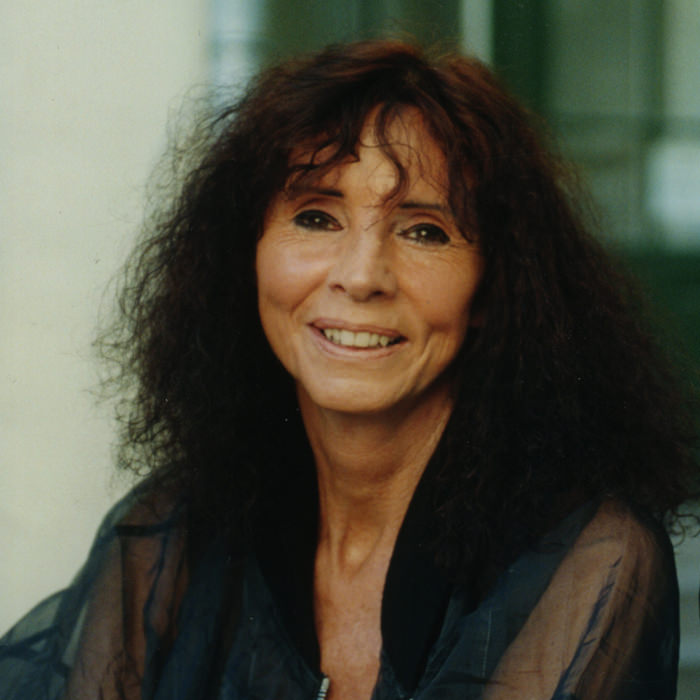
Kristin Feireiss, member of the 2012 Golden Lion Jury. (Photo: Courtesy AEDES)
»The architect is not the single genius anymore, the problem solver with the big master plan.«
-
Did you discuss every contribution?The five of us spent three and a half days visiting all contributions in the Arsenale, the Giardini, and those spread throughout the city. During these intense days we were in continuous conversation – but when we were talking about the awards in the end, only the contributions that at least one of us found relevant enough were discussed. Though our discussions were pretty lively, in the end we agreed upon the winners 100 percent.
The jury’s statement says that you were explicitly convinced by the “storytelling” of the Japanese Pavilion. Could you explain this?First of all, the project itself is impressive and to present it as Japan’s contribution is really bold. Ito doesn’t present something finished and perfect but instead an ongoing process. A community, moderated by an architect, tries to develop a step-by-step strategy after a natural catastrophe. But despite the huge panorama that covers the walls, the pavilion doesn’t make a spectacle out of this disaster – it is simply a fact that the people have to deal with. For instance, the impressive videos are shown on very small screens, so you really have to discover them. To me, the tree trunks in the space were highly aesthetic – in a good sense. And it really touched me that these trunks reappear in the videos where you see them lying around everywhere along the coast after the tsunami.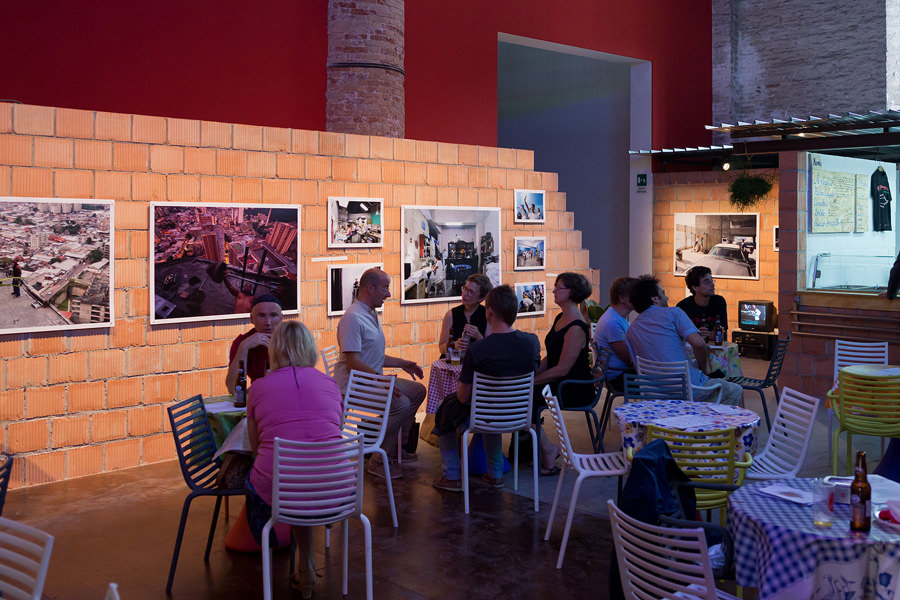
The Golden Lion winning Torre David was an exhibition-cum-pop-up restaurant (Photo: Iwan Baan)
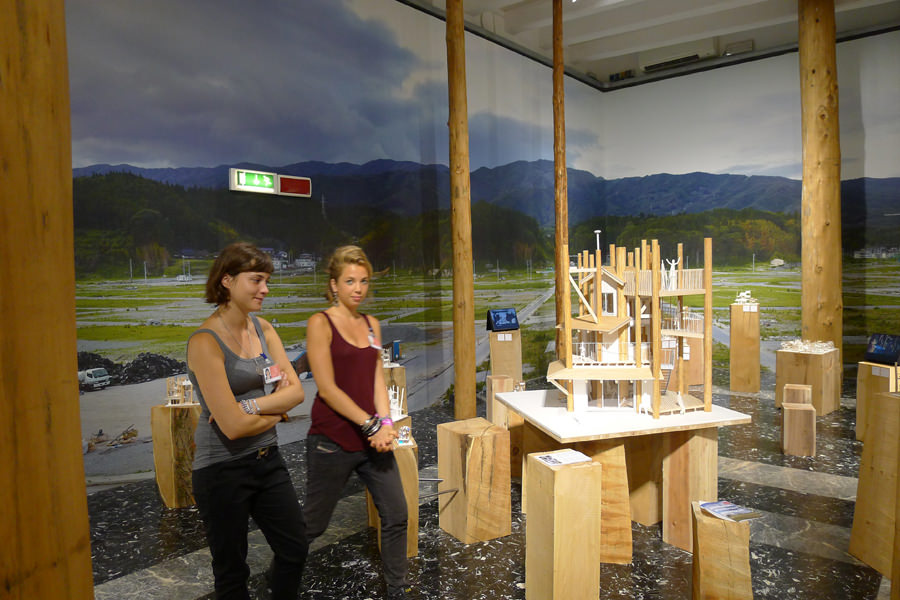
Processes of post-tsunami reconstruction are presented in the Japanese Pavilion. (Photo: Benedikt Hotze)
-
The Torre David as presented by Urban-Think Tank, Justin McGuirk, and Iwan Baan was honored for its social and architectural relevance. (Photo: Iwan Baan)
-
»Progress and development is more and more about small steps instead of big landmark buildings.«
And the Torre David…?
This project is a different story. Here, the process was informal and self-organized. The architects arrived later. But then they acted as advisors on how to improve the living conditions in this 45-story building without any infrastructure. There was no electricity, no water, no façade, no elevators. To look at these kinds of developments is important, but to react to them in the right way is even more important. The city officials wanted to tear the entire building down, and they still want to do so. But with 3,000 people living there that is of course difficult – and with the publicity of the Golden Lion it seems to get even more difficult now. To present this project here in Venice was obviously very difficult, too, as Venezuela did not want to present this “vertical slum” as something typical of Caracas or Latin America. So with all this in mind, the lively, noisy, and – most of all – humorous presentation of the project as a Latin American restaurant in the Arsenale is brilliant. And it was not just for show, it was really trying to bring an authentic piece of an informal structure of Caracas to Venice.
In your explanations, you often point out the winning exhibitions’ connections with David Chipperfield’s general theme, Common Ground. How did you interpret the broad topic in regards to the contributions you’ve chosen?
Common Ground is a really difficult topic, but I think that in general the exhibitions at the Arsenale and the Central Pavilion succeeded in dealing with it. Of course there are always single pieces that could have been left out, but most of the participants found that the role of architects and planners is changing. The architect is not the single genius anymore, the problem solver with the big master plan. Today architects have to act more and more as moderators and stimulators of urban, social, and political processes. They have to form alliances with other actors, and build groups with shared interests in order to reach their goals. Progress and development is more and more about small steps instead of big landmark buildings. To me, these are the most important ideas of Common Ground. I think that changing the picture of the architect is incredibly important, as it can illuminate new fields of action –
-
especially in a big exhibition like in Venice that tends to focus on the international heroes of architecture, relatively few of whom are participating this year in comparison to previous years.
It seems that overall there are two major points of critique regarding Chipperfield’s exhibition. The first is that he invited mostly architects from Europe, while voices and positions from Latin America, Asia, and Africa are almost completely missing. The second is that social and political topics are hard to find. That’s why I was personally so happy with the jury’s decisions – both Japan’s and Urban-Think Tank’s contributions focus explicitly on social and political topics. With these choices you have somewhat counteracted the two biggest deficiencies of Chipperfield’s exhibition. Can this be read as a statement of the jury?
Maybe. As a jury we never discussed forming our own focus so much; we have chosen the projects that we found the most convincing in showing new strategies and important developments in architecture. I found it
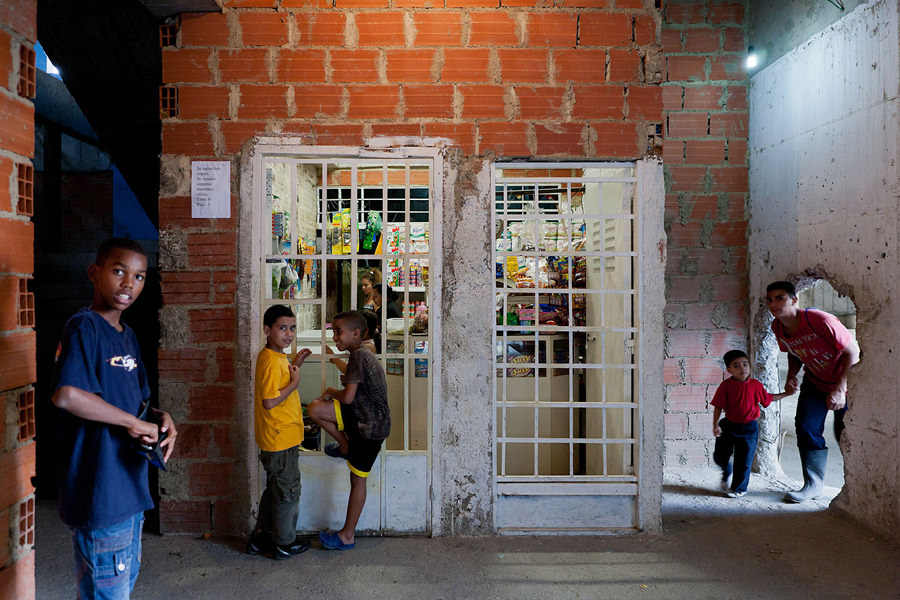
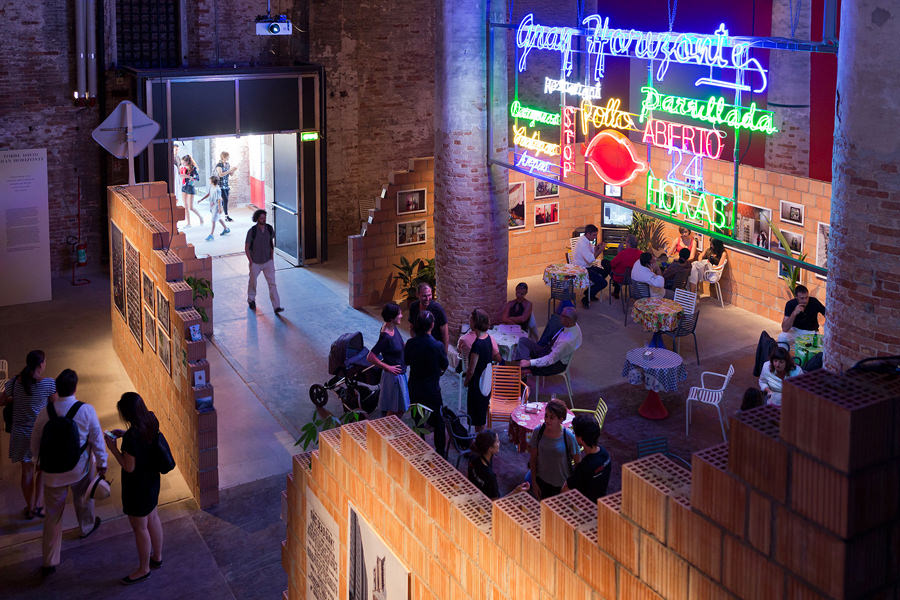
The Torre David was one of the few parts of Common Ground from outside of the European context. (Photos: Iwan Baan)
-

particularly interesting how easily we agreed as a jury in choosing these projects. The most relevant question seems to be: how can the architect try to approach contemporary challenges and urban problems? This question is not only relevant for developing countries but also in Europe and North America. That’s why we also found the pavilion of the USA interesting, since it took a careful look at small-scale interventions, most of which were not initiated by planners or institutions but by groups of citizens. Very basically, architects have to think about the current living conditions of people – and how to improve them, even if just a little bit. That’s the task of architecture.
Isn’t it then even more striking that the most innovative and interesting contributions seem to come from Asia and Latin America? Walking around the biennale, I got the impression that Europe refers mostly to itself, and its architecture is preoccupied with its own European history. And I’m not only talking about Hans Kollhoff and Vittorio Lampugnani. Might this impression have to do with the choice of participants by David Chipperfield, or was it rather the result of the question he posed?It’s important to keep in mind that Chipperfield is a sophisticated, intellectual, and culturally-interested man, but he is also an architect who builds. So it’s not too astonishing that he puts building itself in the focus of his exhibition. But you are right, this biennale presents mainly European architects and European positions. Other continents that are extremely important to the discourse about any urban topic like Asia, Africa, and Latin America are completely under-represented and it would be an important question to ask why that is. But this is a question that only David Chipperfield could answer.
-
Search
-
FIND PRODUCTS
PRODUCT GROUP
- Building Materials
- Building Panels
- Building technology
- Façade
- Fittings
- Heating, Cooling, Ventilation
- Interior
- Roof
- Sanitary facilities
MANUFACTURER
- 3A Composites
- Alape
- Armstrong
- Caparol
- Eternit
- FSB
- Gira
- Hagemeister
- JUNG
- Kaldewei
- Lamberts
- Leicht
- Solarlux
- Steininger Designers
- Stiebel Eltron
- Velux
- Warema
- Wilkhahn
-
Follow Us
Tumblr
New and existing Tumblr users can connect with uncube and share our visual diary.
»Where there is nothing, everything is possible. Where there is architecture, nothing (else) is possible.«
Rem Koolhaas
Keyboard Shortcuts
- Supermenu
- Skip Articles
- Turn Pages
- Contents
